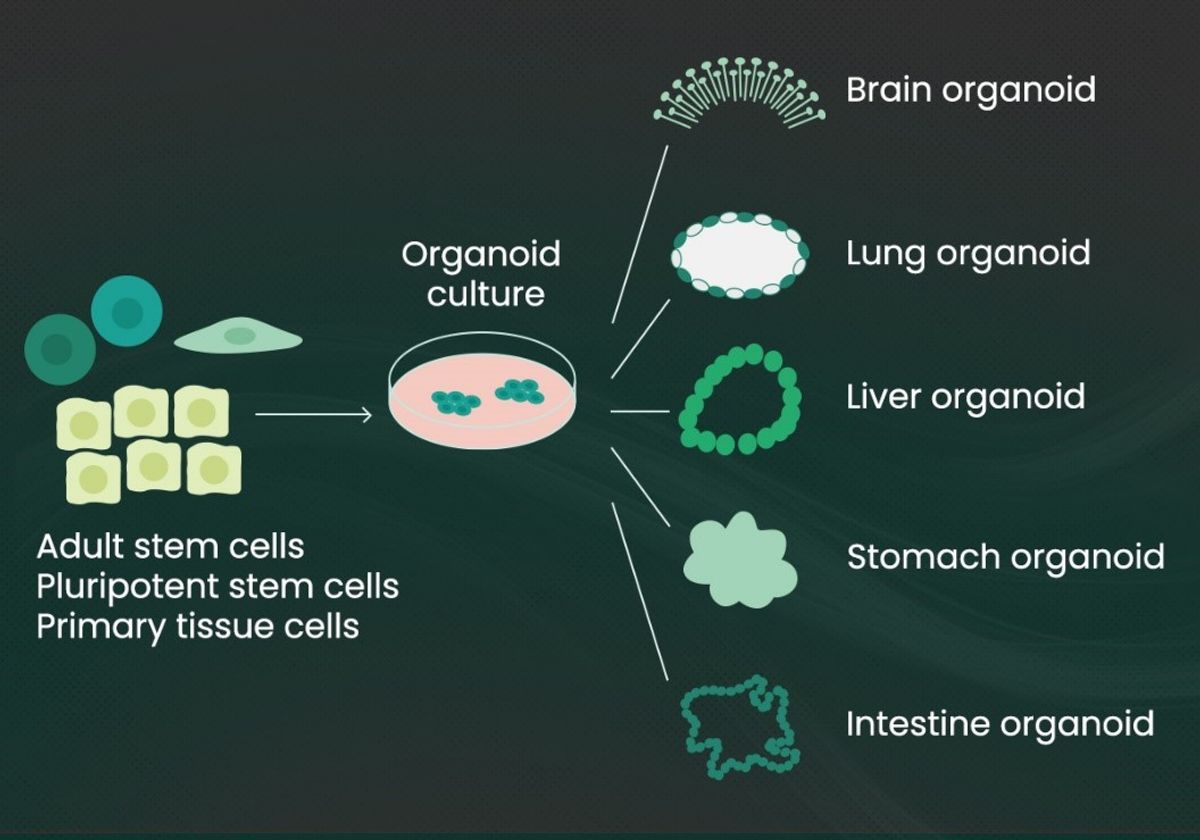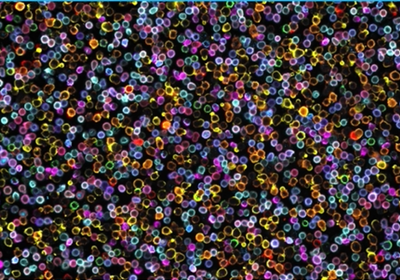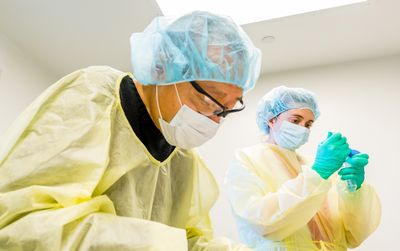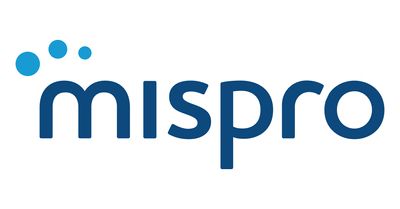Within a decade from their first demonstration, organoids have become a quintessential tool for fundamental and biomedical research, serving as relevant models for studying human development and disease.1 Animal and classical 2D cell culture models dominated biological research during the late twentieth and early twenty-first centuries. While these models offer unique advantages for understanding cellular signaling pathways, drug action mechanisms, and disease pathologies, one system alone cannot address them all. Therefore, researchers use various systems at different stages of basic and translational research. However, assessing information from different models slows down discovery for human clinical applications.2
Further, several biological phenomena that are specific to humans do not occur in animal models. For example, several human brain cell types are not found in the rodent brain. Also, the human brain’s neurodevelopmental mechanisms are far more complex compared to those in rodent brains. Moreover, human brain cell physiology differs when grown in 2D cell cultures and cannot reliably predict drug responses at preclinical stages. So far, human 3D organoids are the only system poised to overcome these limitations.
Organoids are small, self-organized 3D tissue cultures derived from adult stem cells, pluripotent stem cells, or primary tissues. They offer a huge advantage over 2D cell cultures by replicating in vivo organ complexity and tissue architecture. Analyzing organoid formation and function provides valuable information about human development, tissue formation, and organ function as well as a direct tool for pharmaceutical drug testing.
Researchers generate organoid cultures using multipotent or pluripotent stem cells in a 3D matrix, such as Matrigel, under self-organization promoting conditions. The composition of the growth medium is critical for the health and success of organoid cultures, and is typically enhanced with essential growth factors, such as epidermal growth factor (EGF), noggin (NOG), R-spondin (RSPO1), human growth factor (HGF), bone morphogenetic proteins (BMP), and fibroblast growth factor (FGF). These growth factors activate critical signaling pathways in the organoids to drive development or differentiation. Each culture type requires a distinct set of growth factors. For example, human colon organoids require EGF, NOG, and RSPO1 factors for differentiation, whereas human liver organoids need EGF, NOG, FGF10, and BMP7 for differentiation.2
Manufacturers produce these growth factors in eukaryotic expression systems to obtain structurally and functionally viable products. However, this process creates impurities, including secreted proteins and growth factors from the expression cells and their culture medium, affecting organoid survival and growth. Moreover, different cell lines create batch-to-batch variability in growth factor activity, influencing accuracy and reproducibility in organoid cultures.2
Sino Biological developed a host of recombinant growth factors necessary for organoid culture, including human EGF, NOG, RSPO1, and HGF among many others. These pure factors show high bioactivity, minimal endotoxin contamination, and batch-to-batch consistency, enabling optimal and consistent organoid growth.2 For example, using gel electrophoresis and high-performance liquid chromatography, the manufacturer determined the human EGF purity to be more than 95 percent. The activity of the recombinant human EGF was demonstrated by a cell proliferation assay using BALB/c 3T3 mouse embryonic fibroblasts, and the ED50 for this effect was typically 0.02-0.2 ng/mL. In addition, the purified growth factors are proven to promote or inhibit key pathways for proper stem cell development at low concentrations.2
Overall, Sino Biological’s purified growth factors effectively supplement organoid cultures, allowing them to be a trustworthy tool for researchers working to understand human development and disease.
References
- T. Sato et al., “Single Lgr5 stem cells build crypt-villus structures in vitro without a mesenchymal niche,” Nature, 459(7244):262-5, 2009.
- “Recombinant growth Factors for organoid culture,” Sino Biological, https://www.sinobiological.com/category/ads/growth-factor-for-organoid-culture, accessed on September 12, 2022.
- J. Kim et al., “Human organoids: model systems for human biology and medicine,” Nat Rev Mol Cell Biol, 21:571-84, 2020.
- M. Urbischek et al., “Organoid culture media formulated with growth factors of defined cellular activity,” Sci Rep, 9:6193, 2019.







